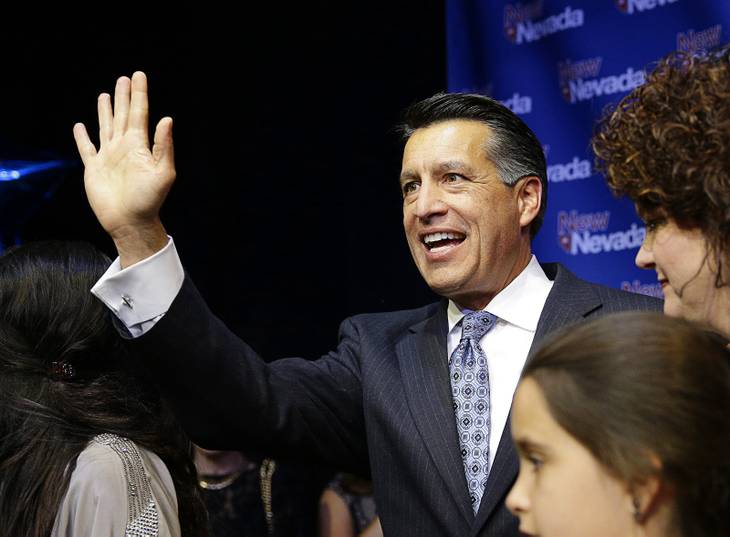One of the big changes resulting from last year’s Tax Cuts and Jobs Act will soon reach lower-income Nevada communities.
The Opportunity Zone program offers significant federal income tax incentives for investors who put their money in communities deemed most in need by state governors.
Unlike previous tax incentives for private investment in underserved communities, the Opportunity Zone program does not limit the amount of tax subsidies an investor can receive, said Marc Schultz of Phoenix-based national law firm Snell & Wilmer.
While Schultz said local investments could take months to develop, examples of qualifying projects include restaurants and businesses, as well as real estate purchases and construction projects. Vice industries such as casinos, liquor stores and massage parlors don’t qualify.
Schultz and fellow attorney Kade Miller estimated in an April report that the investor base could result in up to $6 trillion in Opportunity Zone program investments.
“It’s derived from a think tank in D.C. called Economic Innovation Group, which was started by Sean Parker from Facebook and Napster,” Schultz explained. “They’re trying to solve the problem of lack of access to private capital in certain zip codes across the country.”
The attorney said the program’s ultimate function is to provide a tax incentive for investors who invest in a business or real estate projects in such zip codes.
Gov. Brian Sandoval in April recommended 61 opportunity zone areas, or “tracts” as defined by the U.S. Census Bureau, which were approved by the U.S. Treasury Department in June. Average family income for the 230,000 Nevadans living in these areas is $37,000, and the average unemployment rate hovered around double that of the national rate, according to the governor’s economic office.
Understanding the new program can be broken down into three steps:
What is a census tract?
Census tracts are small statistical subdivisions with an average population size between 1,200 and 8,000 people. The U.S. Census Bureau created census tracts to provide a stable set of boundaries for statistical comparison from census to census each decade.
Census tracts can be split as a result of population growth and can also merge when there is substantial population decline.
1. Creating Opportunity Zones
Census tracts deemed “distressed” qualify for the title of “O-Zone,” Schultz said. According to the Tax Cuts and Jobs Act, all 50 states, the District of Columbia and all U.S. territories have the ability to nominate up to 25 percent of distressed census tracts within their respective state, district or territory as O-Zones. The United States and its territories are divided into about 75,000 census tracts. Opportunity Zone designations are good for 10 years.
2. Forming Opportunity Funds:
To participate as an investor, a taxpayer receiving a profit must invest all or a portion of that gain in an “O-Fund,” Schultz said. The fund is required to be either a corporation or a partnership for federal income tax purposes, be certified by the Treasury Department and hold at least 90 percent of its assets in Opportunity Zone Property.
3. Tax benefits available to O-Fund investors.
The Opportunity Zone Program provides O-Fund investors the ability to defer federal income taxes on their profits or eliminate them completely with future investment. Investors in Opportunity Zones in some cases can defer taxes on any prior gains through December 2026 as long as the gains are reinvested in the Opportunity Zone.
The three tax breaks are:
1. Deferral of tax on 2018 gains until 2026
2. A 15 percent reduction on those gains when they’re eventually taxed in 2026
3. Tax-free growth of opportunity investment, given an investor holds onto it for at least 10 years.
The biggest challenge, according to Schultz, is convincing business owners and those with money to invest in projects in Opportunity Zone communities. While the tax incentives are beneficial, “the deals must still pencil out,” Schultz said.
“A lot of investors will be agnostic and they’re just going to invest in a macro sense for the best deal they think will generate the most appreciation over a 10-year period,” he said. “The challenge is finding these opportunities.”

